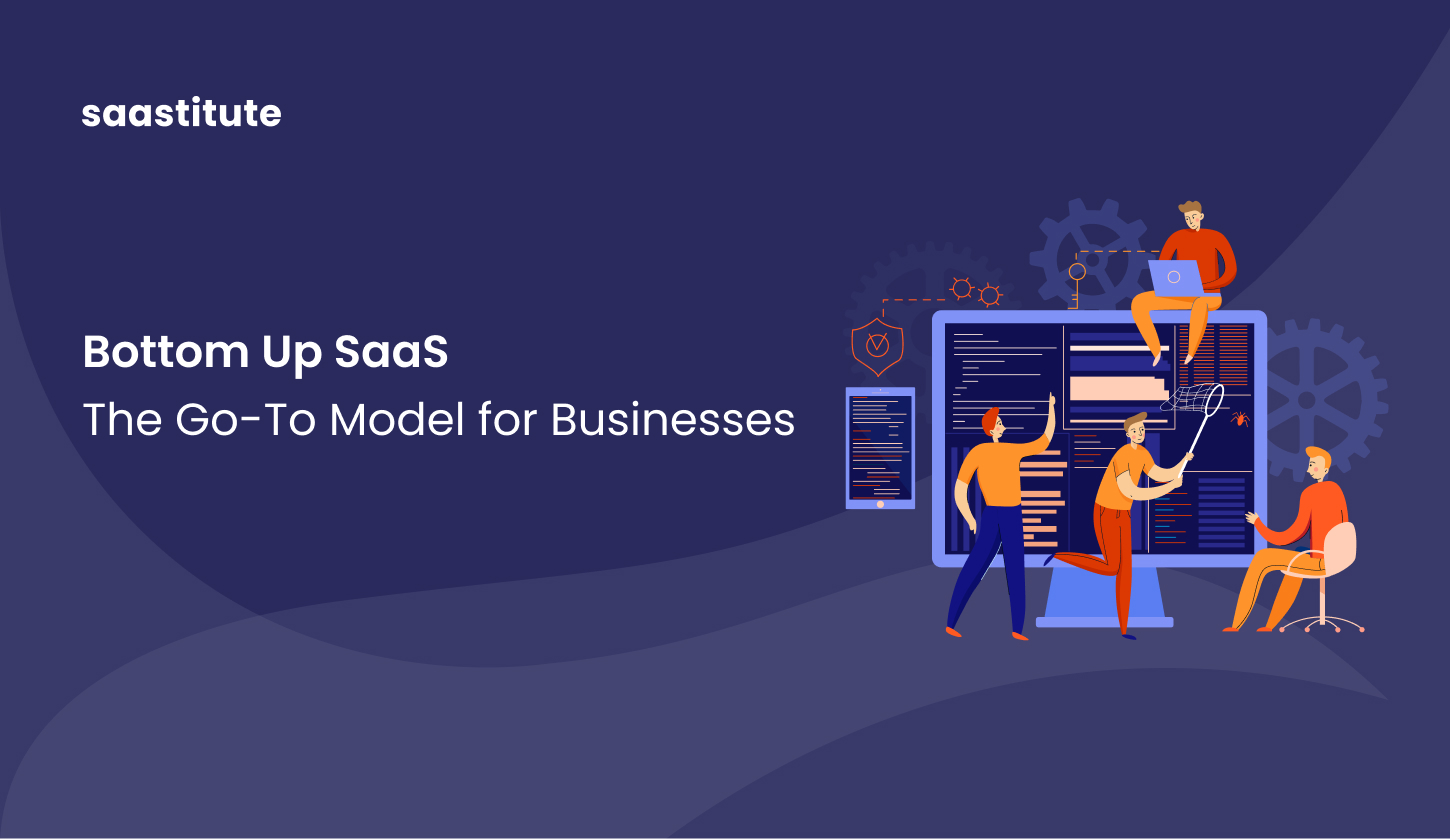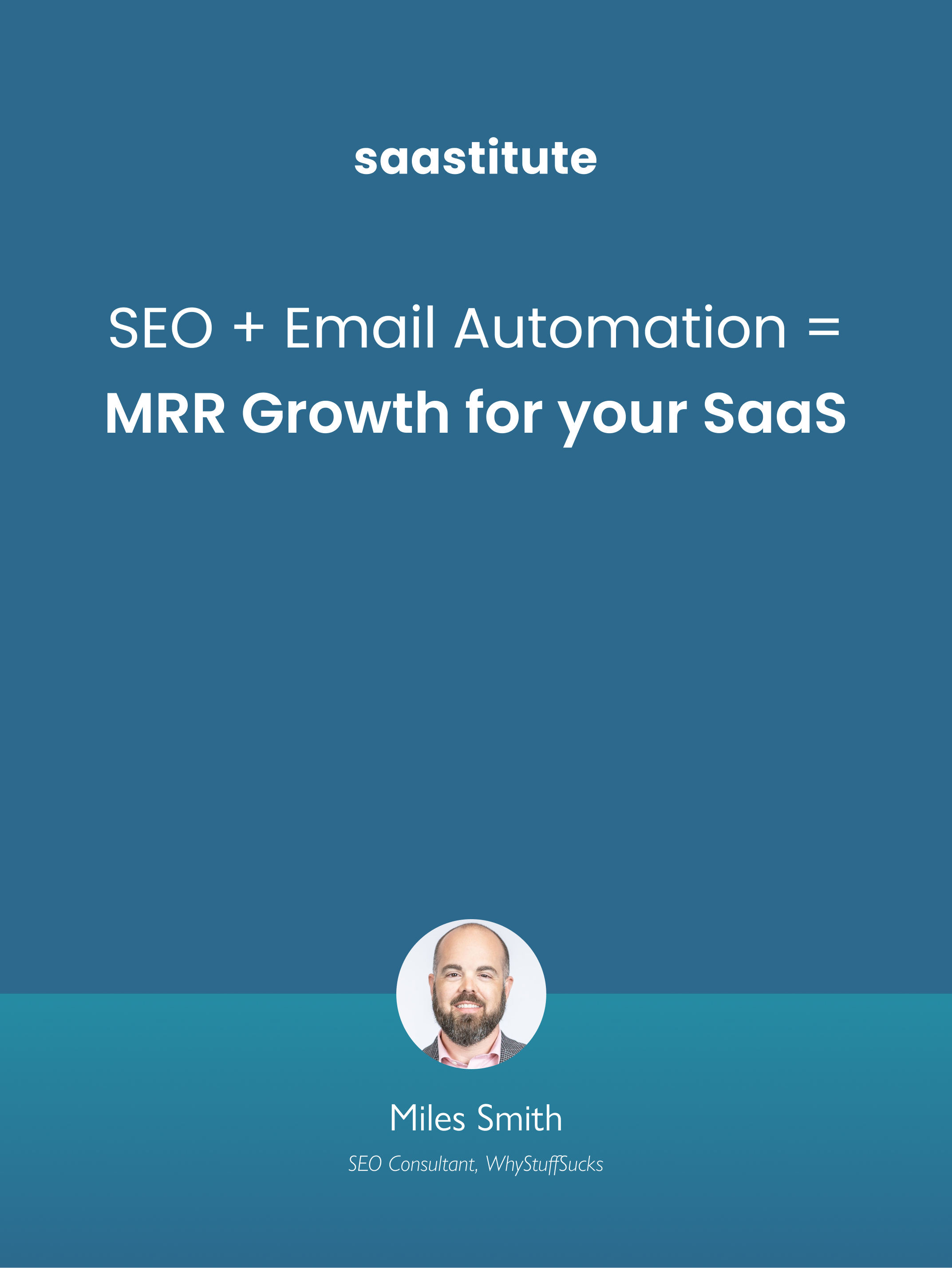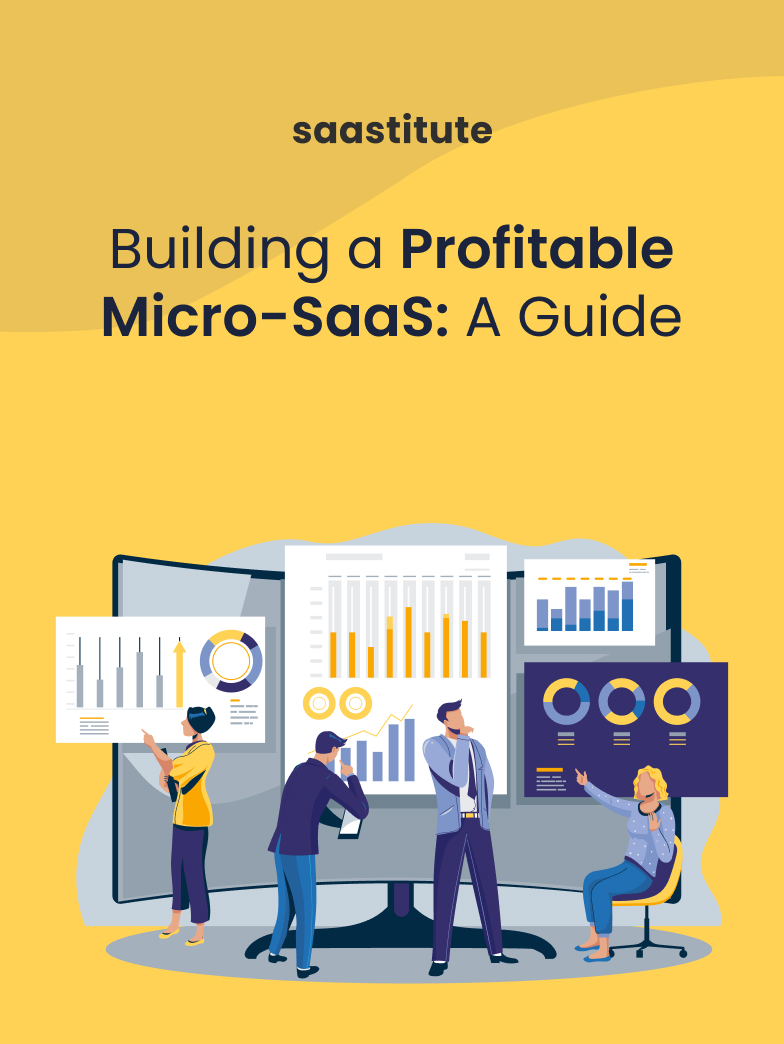Bottom Up SaaS: The Go-To Model for Businesses
Here’s why a business model that takes the salesperson out of the equation became the go-to model for millions of SaaS companies worldwide.

Imagine fisherfolk on a boat just off the coast of their city, casting a wide net to catch as many fish as possible. Now imagine if that fisherfolk were a SaaS company and the fish was you, and you have the bottom-up business model.
Bottom-up has quickly become the go-to business model for thousands of SaaS companies. Techcrunch estimates that about 30% of the companies of the Cloud 100 companies are bottom-up. Let’s take a look at what makes this business strategy so desirable to millions of entrepreneurs.
What is Bottom-Up Business Model?
A bottom-up business model is when a company’s revenue is driven without a sales team. This doesn’t mean the company doesn’t need a sales team. It is a self-service model where end users can try the SaaS product before purchasing it. A concept that seemed like something out of a sci-fi movie 20 years ago has been made possible by the rise of cloud-based SaaS. The bottom-up business model is suited for individuals and it doesn’t restrict itself to a specific niche, unlike Vertical SaaS. An example of a bottom-up company is Zoom, 2020’s most popular video-calling app and the nightmare of millions of students worldwide.
Some examples of bottom-up companies are Slack, Notion, and Airtable. Users are allowed to use the product but with limited features to give the user get a feel for the product before they make the decision to upgrade, a business strategy better known in the industry as freemium.
Companies opting for a top-down approach takes more factors into consideration over a bottom-up company during the product development process. When companies conduct market research, decisions such as pricing and marketing are made simpler.
Bottom-up SaaS companies can skip the market research (not entirely of course) and focus on making their product better and user-friendly. The company gathers leads and lets the product experience convert the users to customers at their own pace.
Why do SaaS companies love the Bottom-Up Business Model?
Here are a few of the perks bottom-up SaaS companies enjoy over companies with a top-down business model.
Wider prospect pool
Unlike Vertical SaaS, bottom-up SaaS is not specific to any industry or niche. The company enjoys a wider audience to market and sell to. This freedom of market also makes way for the company to carry out large-scale campaigns and strategies to appeal to as much of the market as possible.
Source of revenue
As a bottom-up SaaS company’s prospects are individuals and not enterprises, they enjoy higher recurring revenue. Though the revenue per customer is smaller in value, there are a larger number of customers as compared to an enterprise client. As the salesperson is taken out of the picture, transactions take a shorter time as customers directly interact with the company. Companies can focus more on improving customer experience and relations.
Reduced overheads
Most of the bottom-up’s sales funnel is automated, as signing-up and payment have all been made easier. Companies can downsize their sales team and even integrate sales, marketing, and customer service into one team.
Better rapport with the customers
Bottom-up companies can focus their resources on building a dedicated team to better develop the product for the customer. The sales and customer support teams can constantly report feedback to this team to quickly implement a fix. A quick fix to persistent bugs is a sure-shot way to increase customer satisfaction and proportionately increase customer retention.
Faster Innovation
Creative ideas and innovations are usually a product of a team’s brainstorming efforts. When teams are empowered to get creative on their own without having to wait for orders from upper management, innovations can be captured and implemented. As brownie points, this also boosts employee morale.
Examples of Bottom-up SaaS companies
Here are some of my favourite picks for bottom-up SaaS companies:
Notion: note-taking

Notion is a collaborative note-taking platform with numerous integrations to make your content as crisp as they come. Notion offers 1000 block storage, a 5MB file upload limit with their free plan. Upgrades come with unlimited members, unlimited block memory, no file upload limit and more.
Slack: business communication platform

Slack is an inter-company communication platform mainly aimed at small to mid-sized companies. Slack comes with integrations with Coda, Google Docs, Google Calendar, Evernote, Height and much more commonly used platforms to streamline productivity.
Zoom: video call platform

Zoom is the only company on this list that probably needs no introduction. Their free plan has restrictions such as 40 mins group meeting limit and 100 participants whereas in Zoom’s paid plans, these restrictions are lifted.
Hubspot: marketing and sales automation

Hubspot is the industry leader in CRM and Marketing platforms, with its free plan offering more features than most paid platforms do. Hubspot is the number one choice of millions of companies worldwide as it offers a comprehensive list of features for sales, marketing and customer service teams.
Airtable: database and application building

Airtable is a platform to build custom applications with little to no coding knowledge. Airtable can be used as a database for any task imaginable. Companies use Airtable to carry out tasks from tracking job interviews to managing large-scale video production.
To wrap it up...
Bottom-up has been a top choice for a SaaS go-to-market strategy to generate sustainable growth. After you’ve chosen a business model, why not learn How to Conduct B2B Market Research for SaaS to learn more about what goes into conducting market research and the steps involved in it.














.svg)


